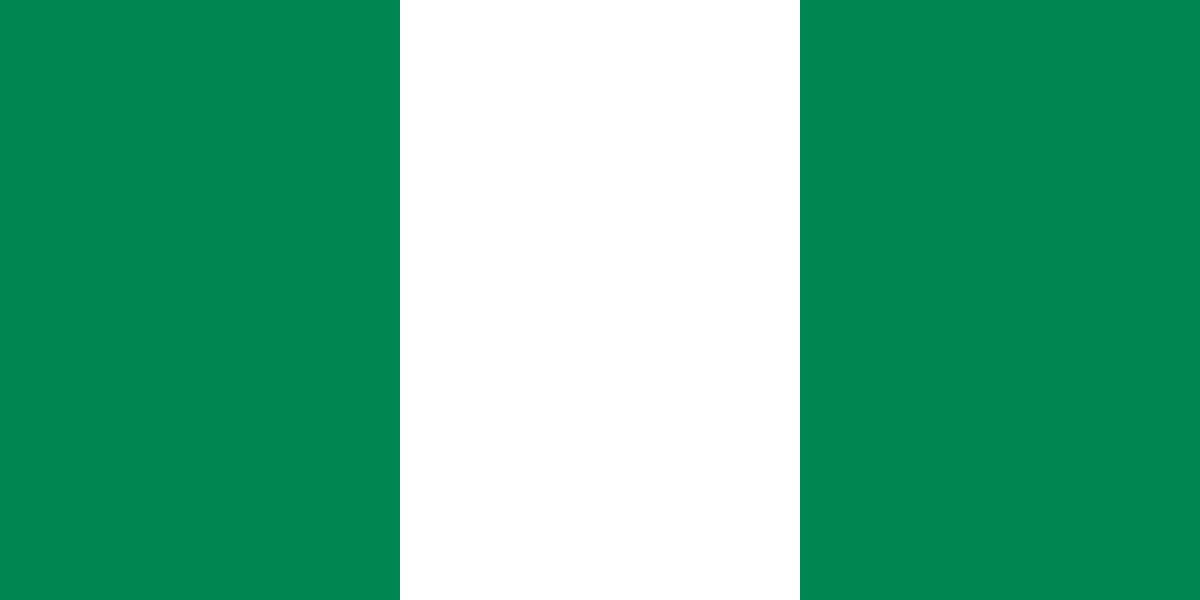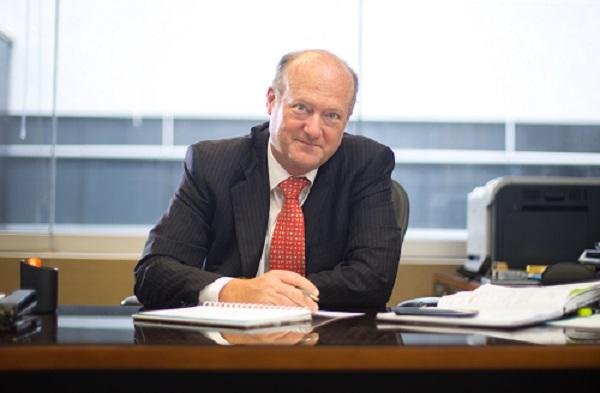Eduardo Hochschild: The Richest Man In Peru According To Forbes (2025)
When people talk about Peru, the first things that often come to mind are Machu Picchu, the Andes, and delicious cuisine like ceviche. But in the world of big money, Peru also has a different kind of landmark — Eduardo Hochschild, the richest man in the country according to the 2025 Forbes Billionaires List, with an estimated net worth of $2.4 billion.
Eduardo Hochschild’s journey to the top of Peru’s wealth rankings is a story of legacy, strategy, and vision in an industry that has shaped the nation’s economy for centuries — mining. While many billionaires in South America made their fortunes in finance, retail, or agriculture, Hochschild’s empire is firmly rooted in extracting the minerals that lie beneath Peru’s rugged terrain.
In this post, we’ll explore who Eduardo Hochschild is, how he built and expanded his empire, and why his position in the mining sector keeps him at the peak of Peruvian wealth.
A Legacy Born in the Andes
Eduardo Hochschild was born in 1963 into a family already deeply entrenched in the mining industry. The Hochschild Group’s history dates back to the early 20th century when his great-uncle, Moritz Hochschild, was among the “three tin barons” of Bolivia. The family’s influence in the South American mining industry was vast, and the Hochschild name became synonymous with mining expertise and success.
Eduardo’s path to leadership, however, was not straightforward. He was educated abroad, earning an engineering degree and expanding his knowledge beyond mining. But destiny pulled him back into the family business in the late 1980s, and by 1998, he had become chairman of the Hochschild Mining Group.
The Hochschild Mining Empire
Today, Hochschild Mining PLC is one of the leading precious metals companies in the world, focusing primarily on silver and gold. Listed on the London Stock Exchange, the company operates several mines across Peru and Argentina, with Peru being the backbone of its operations.
Some of Hochschild’s most important mining projects include:
-
Inmaculada Mine – Located in the Ayacucho region, this mine is the company’s flagship project, producing high-grade silver and gold.
-
Pallancata Mine – Another key silver-gold mine in southern Peru.
-
San José Mine – Situated in Argentina but still under the Hochschild umbrella, this mine contributes significantly to production and revenues.
Hochschild Mining is known for focusing on underground mining, which requires advanced engineering, strict safety standards, and environmental management. This focus sets them apart from many other mining giants who often work on large-scale open-pit projects.
Peru’s Mining Industry: The Backbone of the Economy
Peru is one of the world’s largest producers of silver, copper, zinc, and gold, and mining accounts for a significant portion of the nation’s GDP and export revenues. The country’s geology is a treasure chest for mining companies, but extracting those resources comes with challenges — from environmental concerns to community relations and political stability.
Hochschild’s wealth is tied directly to the performance of this sector. Commodity prices, global demand for precious metals, and operational efficiency all play a role in shaping his fortune year to year.
In recent years, demand for silver and gold has been bolstered by two main factors:
-
Economic uncertainty driving investors toward precious metals as a safe haven.
-
Industrial demand, especially for silver, which is used in electronics, solar panels, and other technologies.
This global demand has helped keep Hochschild’s mining operations profitable and his net worth stable, even during turbulent economic times.
Leadership Style and Business Philosophy
Eduardo Hochschild is not your typical flashy billionaire. Those who have worked with him describe him as calm, analytical, and deeply committed to the long-term sustainability of his business. He has steered Hochschild Mining through volatile commodity markets, changing political climates in Latin America, and evolving environmental standards.
His philosophy revolves around:
-
Operational Efficiency – Maximizing output while keeping costs under control.
-
Innovation in Mining Techniques – Investing in modern technologies to improve safety, reduce waste, and increase productivity.
-
Community Relations – Understanding that in mining, the “social license to operate” is just as important as the legal license.
Beyond Mining: Philanthropy and Education
Like many billionaires, Eduardo Hochschild has channeled part of his wealth into philanthropy, with a particular focus on education. He has supported schools, scholarships, and cultural programs in Peru, aiming to give back to the communities that host his mining operations.
One of his most notable contributions is his role in promoting science and technology education for Peruvian youth. By encouraging STEM (science, technology, engineering, and mathematics) programs, Hochschild hopes to inspire the next generation of engineers, geologists, and innovators who will shape Peru’s future.
Challenges and Controversies
Mining, no matter how profitable, is rarely controversy-free. Hochschild’s operations have faced criticism from environmental activists concerned about the impact of mining on local ecosystems, water supplies, and indigenous lands. While the company has invested in environmental management systems and reclamation projects, tensions sometimes flare between mining companies and local communities.
Peru’s political environment also poses challenges. Changes in tax policies, mining regulations, and even social unrest can affect production and profitability. Hochschild’s ability to navigate these challenges is a key reason for his enduring success.
Wealth Ranking and Global Standing
At $2.4 billion, Eduardo Hochschild might not crack the top 100 billionaires globally, but his wealth places him far ahead of his peers in Peru. In the global mining sector, he stands among the most influential figures in the silver and gold industry.
What’s interesting is that his fortune is relatively modest compared to tech billionaires in the United States or retail magnates in Europe, yet in Peru, his financial and economic influence is enormous. His business decisions can ripple through the national economy, affect employment in mining regions, and influence Peru’s export revenues.
Looking Ahead: The Future of Hochschild Mining
With rising demand for precious metals in both investment and industrial applications, Hochschild Mining is well-positioned for continued success. The company has plans to expand operations, explore new reserves, and adopt more sustainable mining practices.
Eduardo Hochschild’s challenge will be balancing profitability with sustainability, especially as global investors and regulators demand cleaner, more responsible mining. Technological advancements such as automation, AI-driven exploration, and more efficient ore processing could be game-changers for the company.
Final Thoughts: The Billionaire Who Mines the Future
Eduardo Hochschild’s story is a reminder that in the modern economy, wealth can come from both old and new industries. While tech billionaires often dominate headlines, mining tycoons like Hochschild quietly shape the supply chains that make modern life possible — from the gold in your jewelry to the silver in your smartphone.
In Peru, Eduardo Hochschild is more than just the richest man. He is a symbol of the country’s mineral wealth, its entrepreneurial spirit, and the ongoing balance between development and preservation. Whether you see him as a mining visionary or as part of an industry that must evolve, one thing is certain: his impact on Peru’s economy is as deep as the mines his company operates.



